With the voluntary recall of yet another raw cat & dog food due to contamination on August 25th, is the future of raw feeding in doubt?
Over the past 12 months, the FDA has issued 10 pet food recalls, with every one involving raw or air-dried raw products. The most recent came from Viva Raw LLC due to suspected contamination with Salmonella and Listeria monocytogenes, both of which can cause serious illness in pets and humans. Given this information, you may be wondering why some retailers and pet owners are still committed to the raw food movement.
When it comes to pet food, there has been almost a 360° evolution. In the early stages of their domestication, cats feasted on the scraps and tidbits of meat and fish discarded or offered by humans. As we learned more about the ins and outs of feline nutrition, we learned that cats fed a diet consisting solely of muscle meat and fish were at serious risk of nutritional deficiencies, with potentially deadly consequences. From here, we witnessed the economic explosion of the pet food industry, with cans, pouches, sachets, and bags full of carefully calibrated ingredients designed to meet the needs of our pets. As with most things, affordability comes at the cost of quality, and over the past couple of decades, consumers have become more discerning about what goes into their beloved cat’s food bowl.
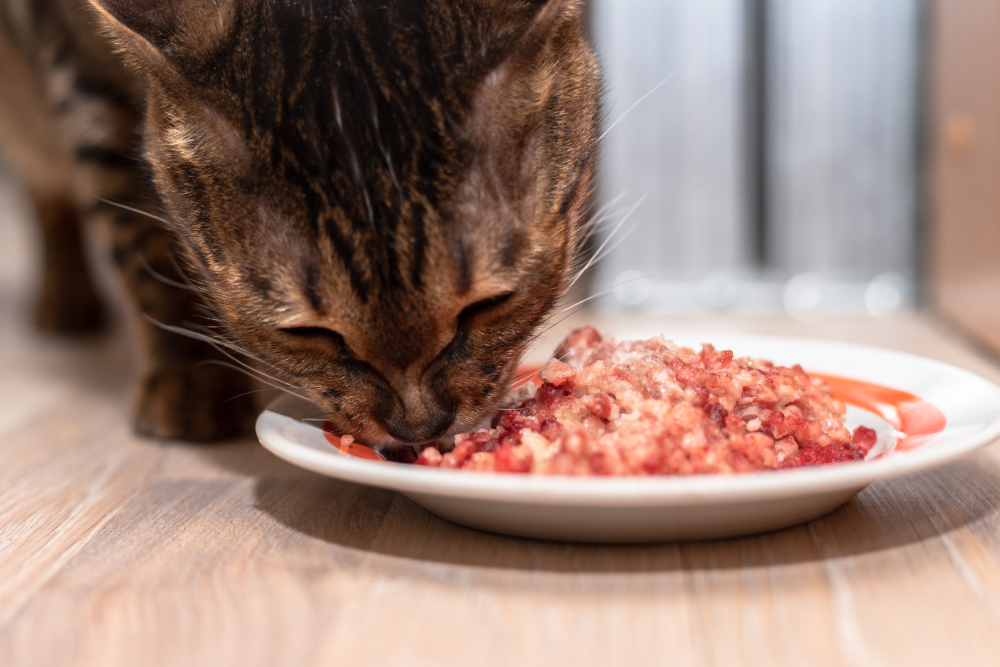
The Raw Food Revolution
Somehow, raw meat found its way back into our pets’ diets, and although regulatory bodies like the AAFCO ensure that commercially available raw pet food provides all the right vitamins and minerals, we are still left with a product that is inherently at risk of contamination.
Salmonella, Listeria, and, more recently, avian influenza have all been isolated in samples of raw pet food, causing severe illness, even death, in animals consuming it, not to mention the risks to the humans handling it. So why expose pets to a risk that could be eradicated with some gentle cooking?
Raw food diets are seen as a more natural approach to feeding our pets, allowing cats to chew cartilage, slice through sinew, and gnaw on bones, just as they would have done a few millennia ago. Whilst this is a nice idea in terms of enrichment, it fails to consider the much lower average life expectancy of our housecat’s ancient ancestors.
Although there is certainly some merit in shaking up the feline food industry and rethinking our dependence on over-processed, ultra-heat-treated, carbohydrate-heavy kibble, perhaps the raw food movement has taken things back to a little too basic. Just because we want to move away from ultraprocessed foods does not mean we have to revert to the completely unprocessed; something a rising number of pet food companies seem to be realizing.
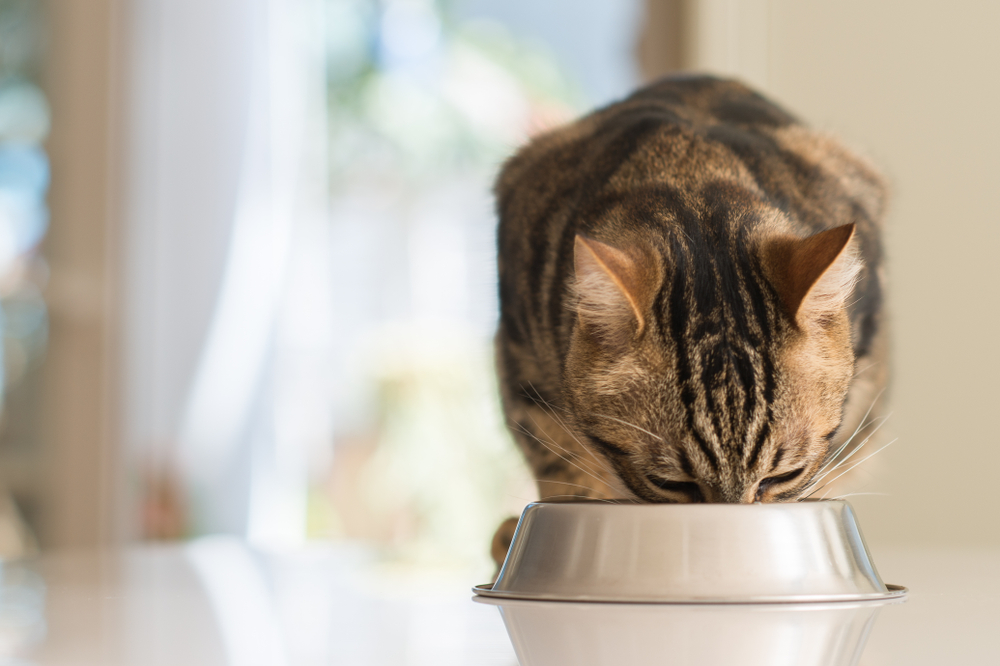
Is Gently-Cooked the New Raw?
There are a growing number of cat food brands producing fresh-frozen foods, whereby recipes containing a mix of fresh meats, vegetables, and grains are gently cooked to a temperature of around 165°F to eliminate foodborne pathogens, and frozen to increase shelf life. Cats get to enjoy a more interesting variety of tastes and textures, without the risks of food poisoning.
The drawbacks of these fresh-frozen pet foods are that they will cost you a fair amount of money and freezer space, and you’ll often need to sign up for a subscription. Of course, if raw pet food becomes a thing of the past, the availability and affordability of these options are likely to increase.
With the growing threat of foodborne pathogens putting our pets and families at risk, and both the FDA and AVMA advising pet owners to move away from raw feeding, it seems inevitable that this once thriving trend may be approaching extinction. After all, we are no longer faced with a choice between ultra-processed and raw, and the middle ground looks pretty tasty.
More From Weekly Mews:
- LA’s Biggest Cat Event is Back: CatCon Celebrates 10th Anniversary
- A Virus Scientist’s Secret Weapon: His Cat, Pepper
- All Aboard: Meet the Huddersfield Train Station Cats
Feature Image Credit: Nils Jacob, Shutterstock
Did You Know?
- Our breaking news articles are featured in our weekly emails. Don’t miss out on the latest and sign up for our newsletter below!
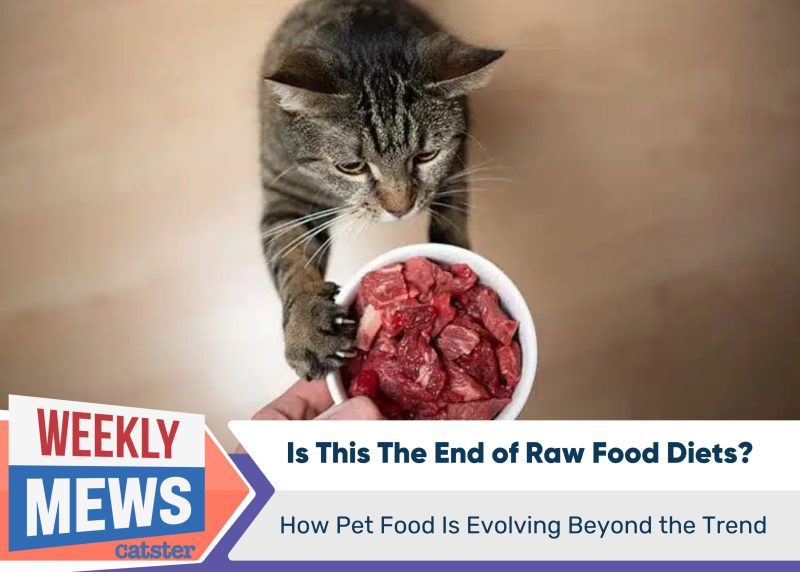

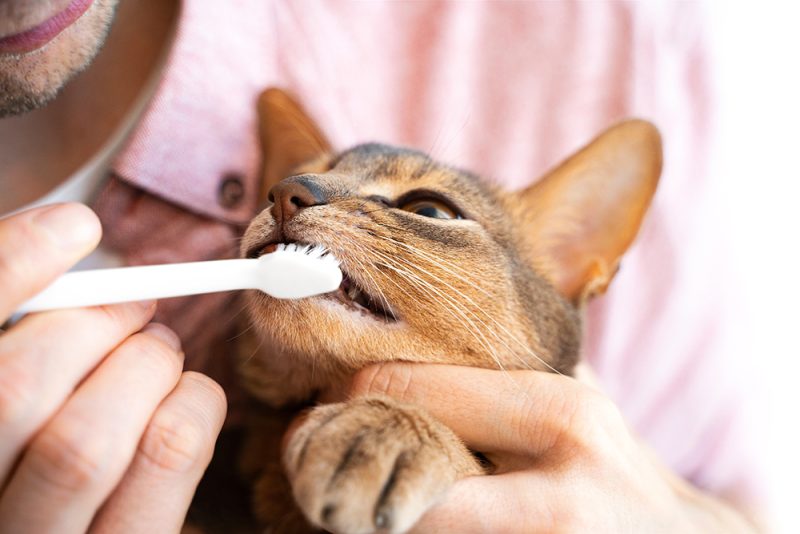
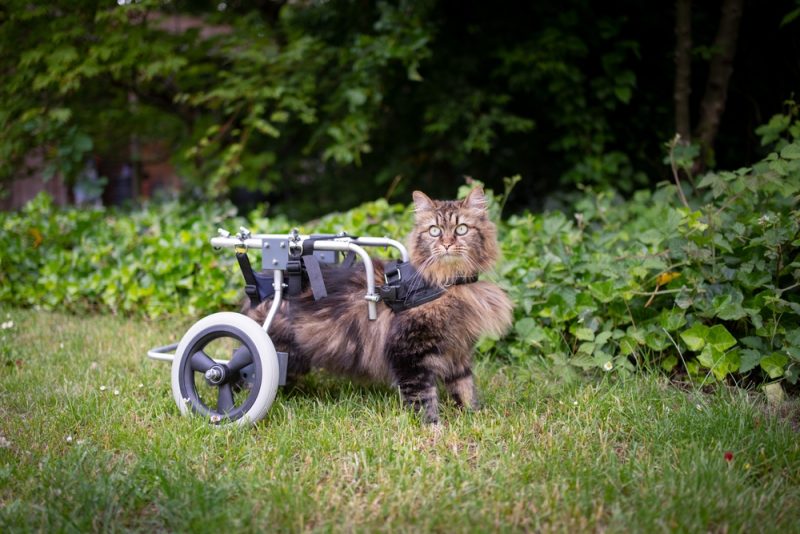
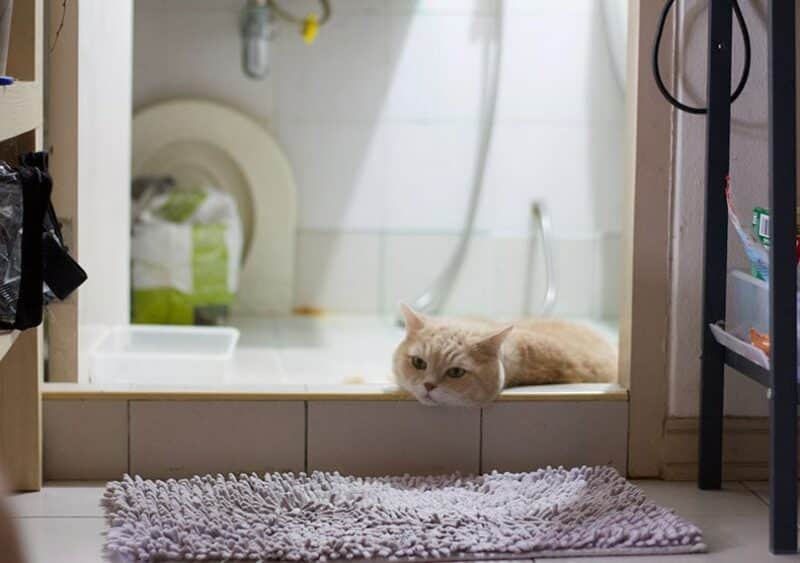
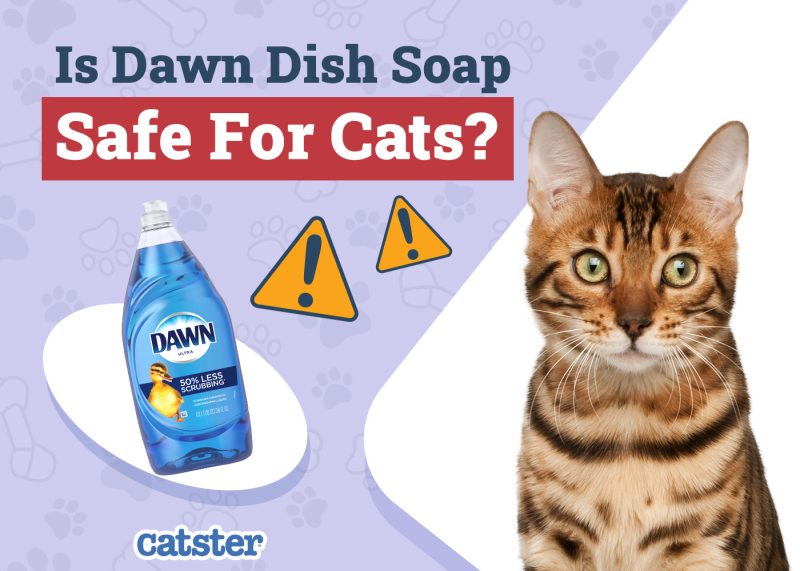
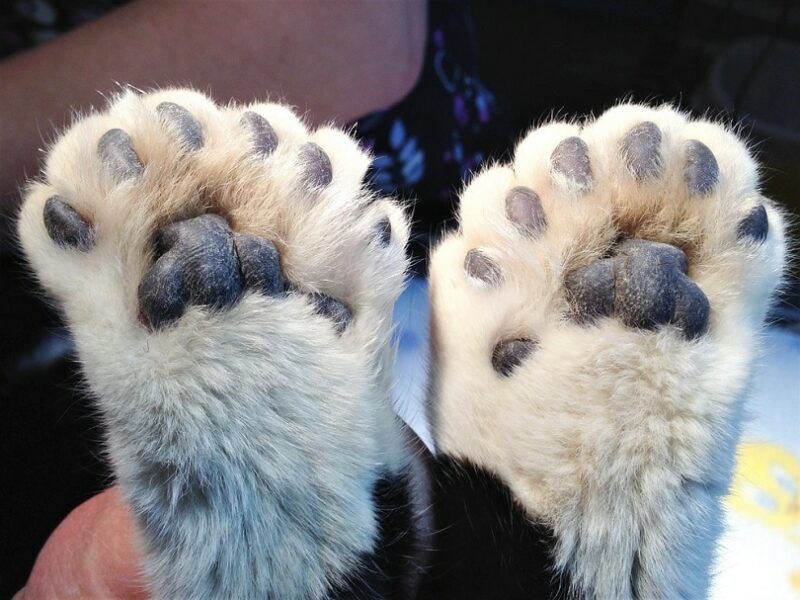
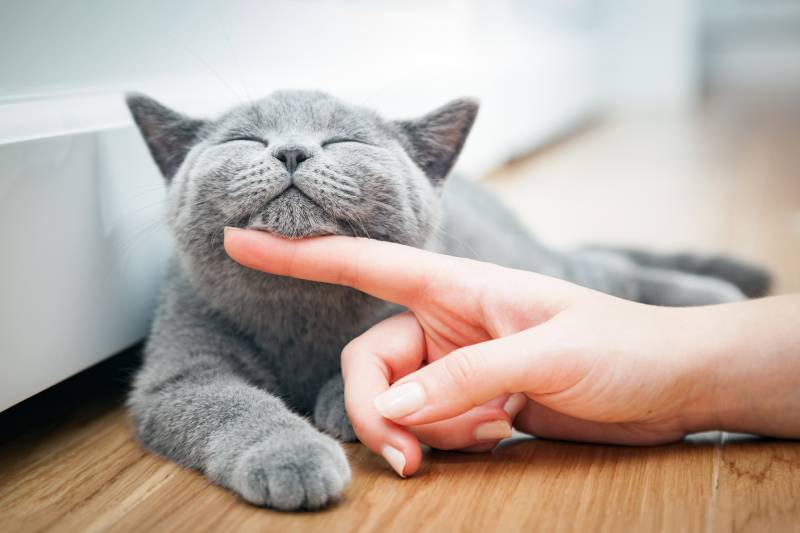
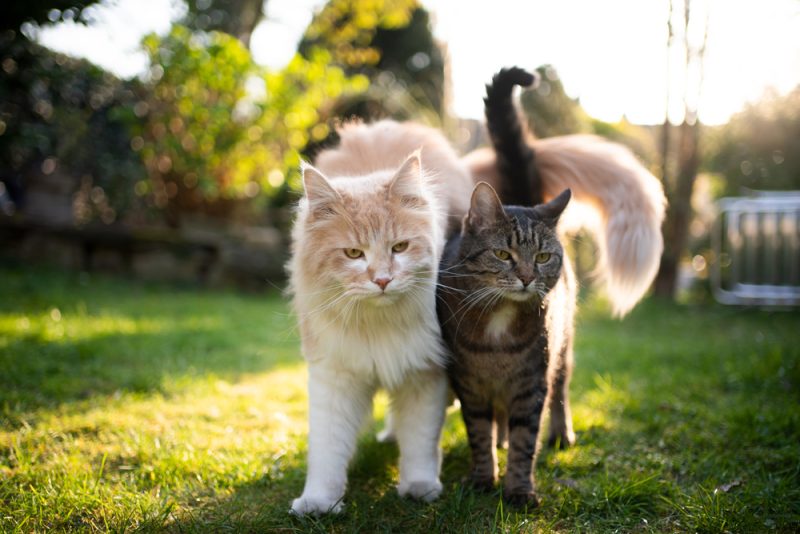
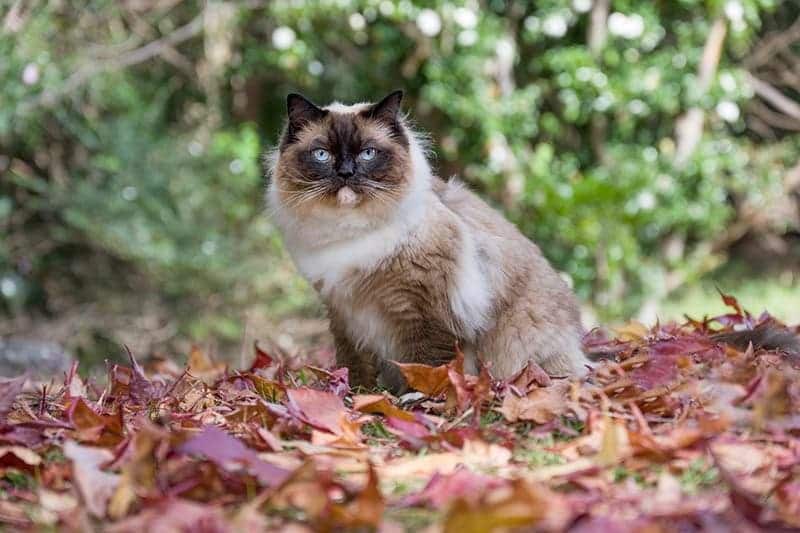
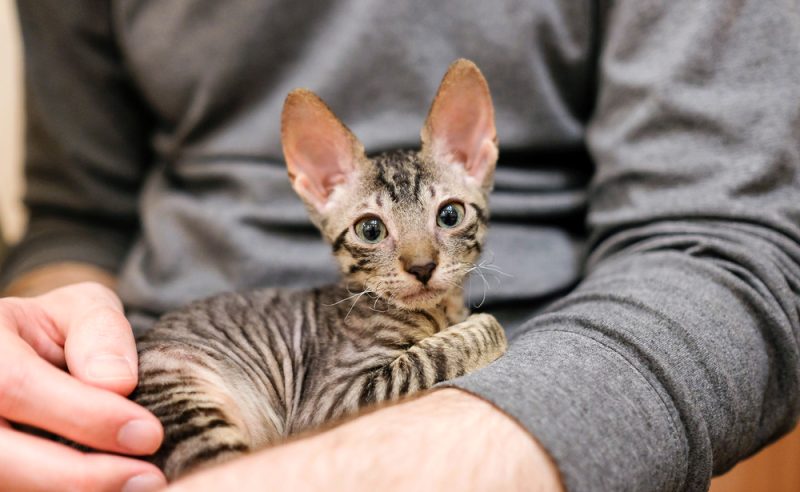
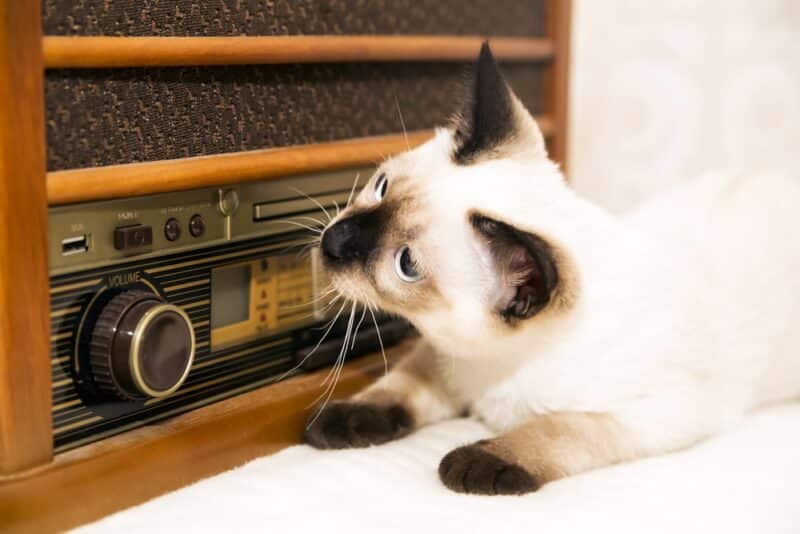
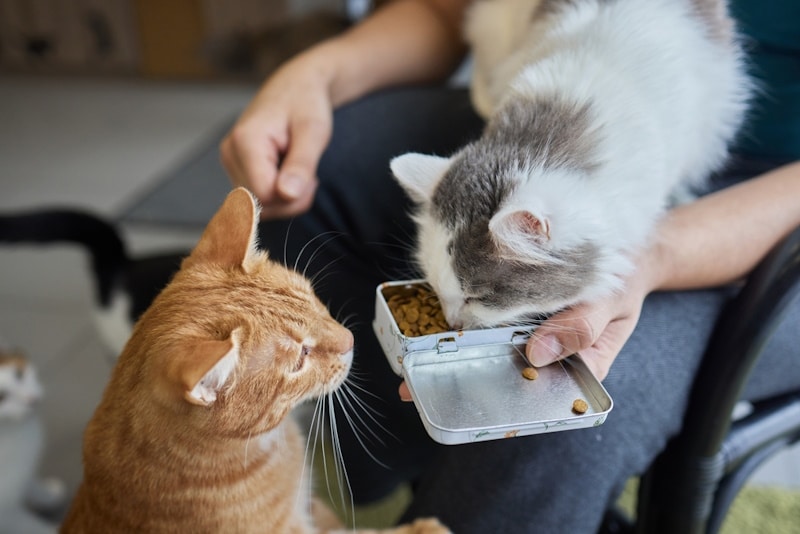
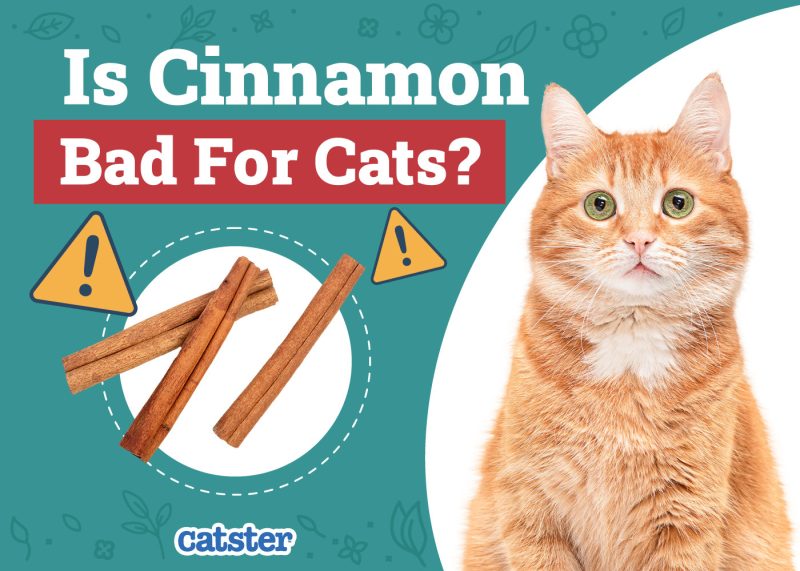
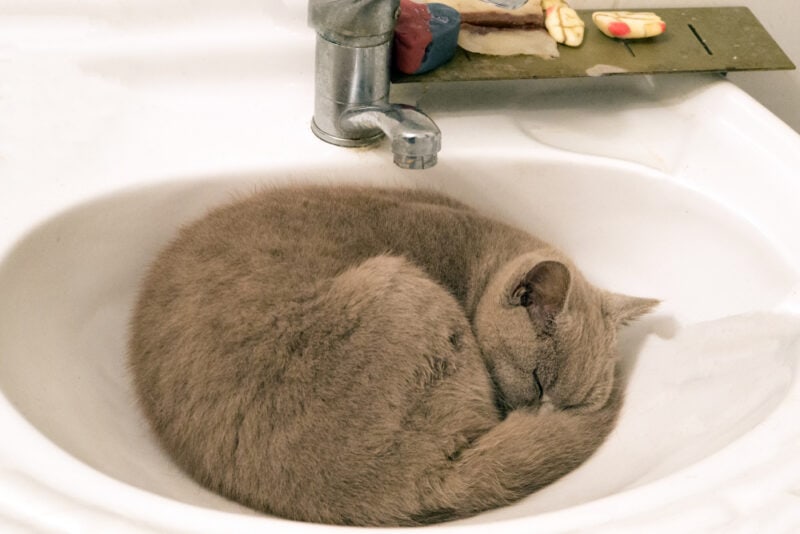
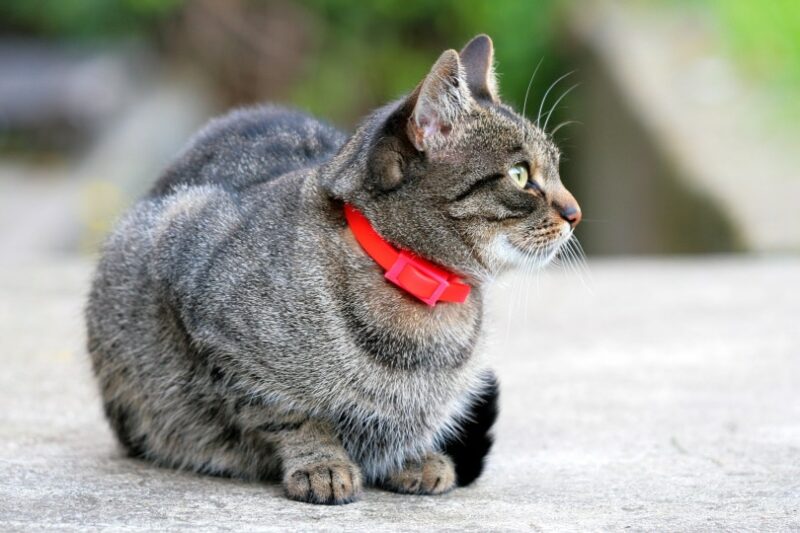
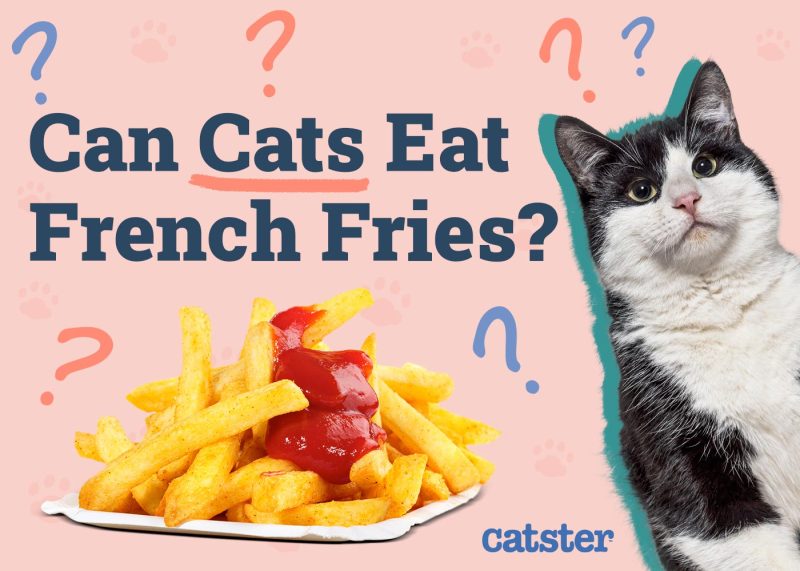
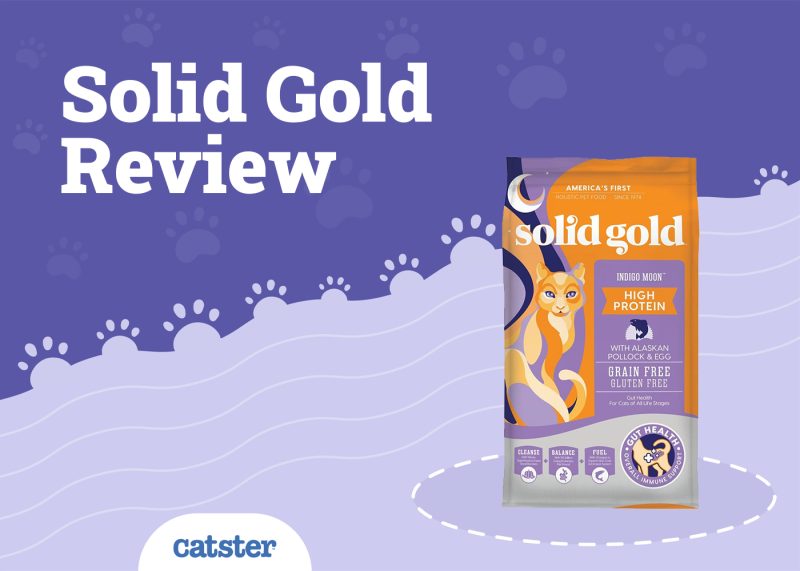

2 Responses
is freezedried food ok?
Hi Brit,
Freeze-drying dehydrates food by freezing it and then vacuuming out the moisture. This process often includes high pressure, acting as a non-thermal pasteurization method to reduce bacterial contamination risks. Double-check if the food you intend to feed has been high-pressure pasteurized. Since no heat is involved, the nutritional value of the ingredients remains intact.